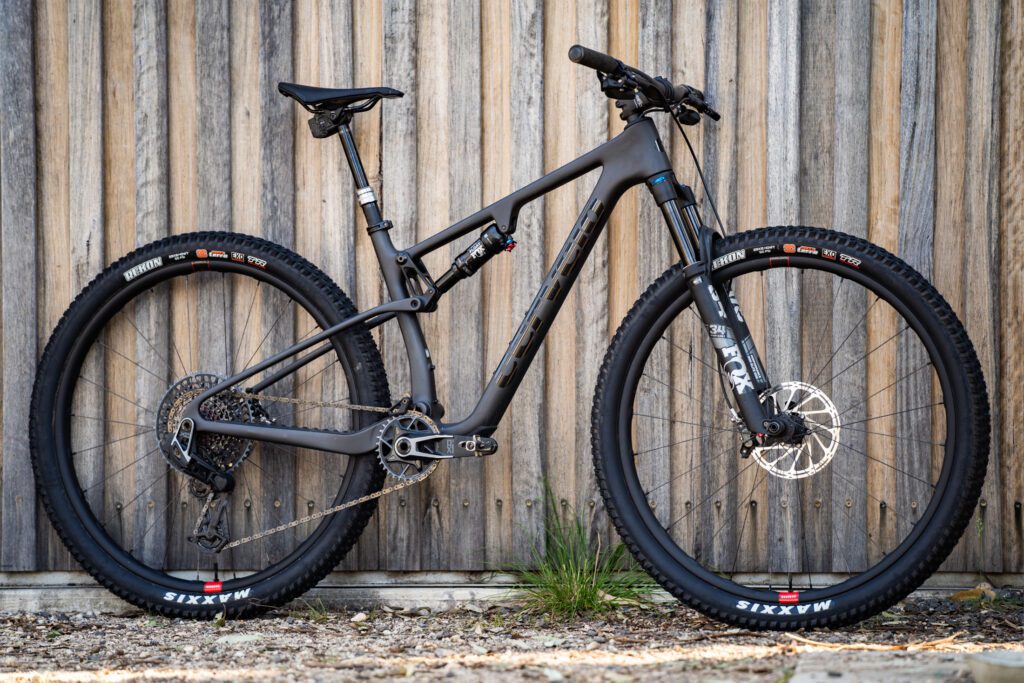


Exploring the Trail: What is a XC Mountain Bike
If you’re curious about hitting the trails and navigating through the great outdoors, you might have heard about XC mountain bikes. But what exactly is a XC mountain bike, and why is it gaining popularity among outdoor enthusiasts?
Let’s dive into the world of XC mountain biking to uncover the features, benefits, and the thrilling experiences that these bikes bring to the adventurous riders.
Whether you’re a biking enthusiast or a beginner looking to explore off-road terrains, understanding what a XC mountain bike is can be the key to unlocking your next outdoor adventure.
Frame – The Bike’s Skeleton
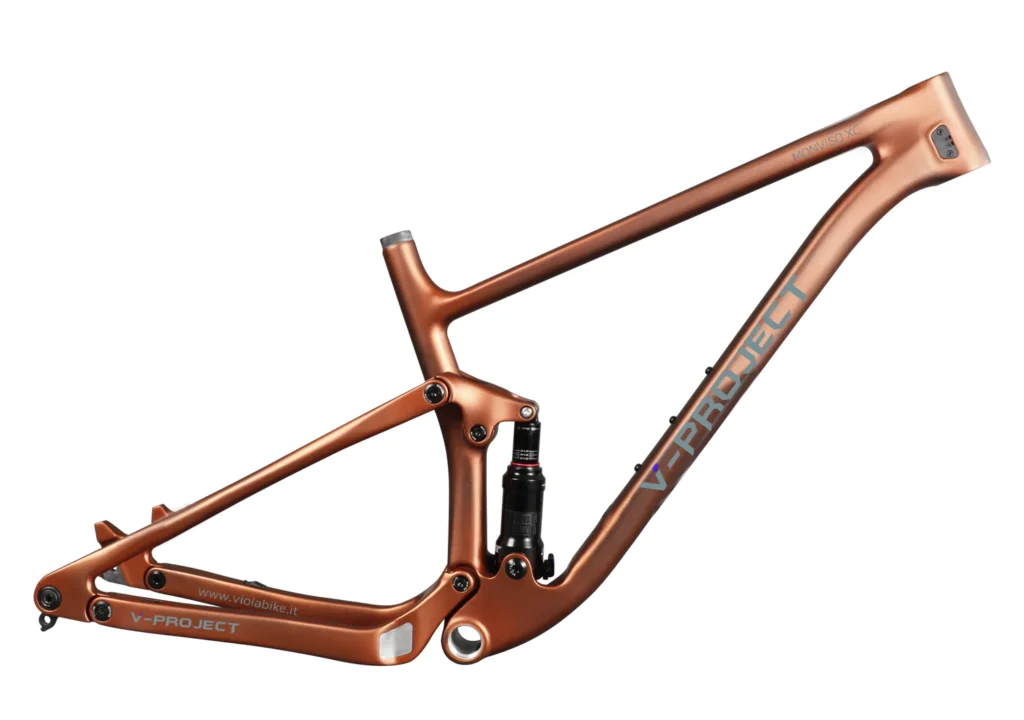


Building the Bike’s Body
Imagine your bike as a superhero, and the frame is its tough, sturdy skeleton. The frame is the main part that holds everything together, shaping the bike and giving it strength.
Why is it important?
Just like a superhero needs a strong body to face challenges, a bike needs a robust frame for its adventures. The frame determines the bike’s size, weight, and overall durability.
Different Types of Frames:
Bikes can have different types of frames, like steel, aluminum, or carbon fiber. Each type has its strengths, affecting how the bike feels and performs on the road or trails.
How to Choose the Right Frame:
Choosing the right frame is like picking the superhero suit. Consider your riding style, the terrain you’ll conquer, and your personal comfort. A well-suited frame makes your biking adventures more enjoyable and exciting!
Check Out Our Insightful Article On: ( What is Freeride Mountain Biking? )
Wheels – Rolling On Adventures



Your Bike’s Adventure Companions
Imagine your bike’s wheels as trusty sidekicks ready for every adventure. They’re not just circles; they’re your ticket to rolling over different terrains and having a blast on your biking journey.
Two Important Parts:
Rims: Think of rims as the outer circles of the wheels. They provide structure and support for the tires, helping them stay in place during your rides.
Tires: Tires are like the shoes of your bike. They come in various treads for different terrains, ensuring a smooth and controlled ride.
Why Wheels Matter:
Wheels are your bike’s adventure partners. Larger wheels can roll over obstacles more easily, while smaller ones offer nimble handling. The combination of rim and tire size affects how your bike performs on the trails.
Inflating Your Tires:
Just like you check your shoes before a big adventure, make sure your tires are properly inflated. It ensures a comfortable ride and helps prevent flats.
Adapting to Terrain:
Different adventures call for different tires. Knobby tires grip well on trails, while smoother ones are great for pavement. Choose the right tires, and your bike will be ready for any adventure that comes your way!
So, when you think about your bike’s wheels, imagine them as your adventure buddies, ready to roll with you on every exciting journey!
You May Also Like: ( How to Get into Downhill Mountain Biking? )
Suspension – Your Bike’s Shock Absorber
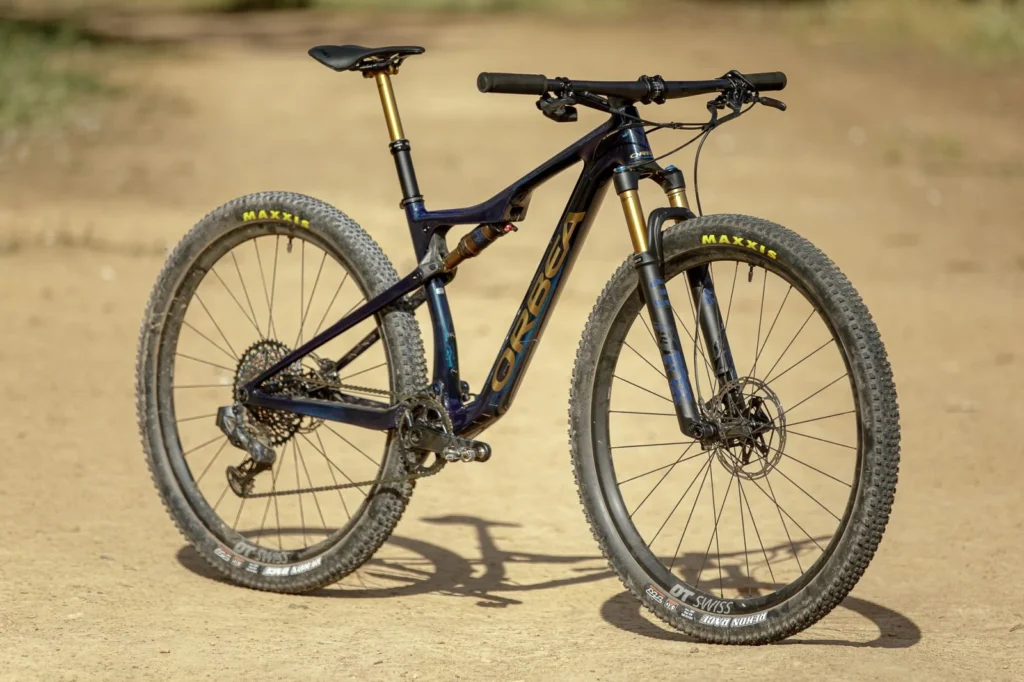


Keeping Your Ride Smooth
Imagine your bike as a magic carpet, and the suspension is the enchantment that makes your ride smooth and comfortable. Suspension is like your bike’s built-in shock absorber, making sure bumps and uneven surfaces don’t rattle your adventure.
What is Suspension?
Think of suspension as the secret ingredient that keeps your ride enjoyable. It’s a system of springs and shock absorbers located at the front (fork) and sometimes the back (rear shock) of your bike.
Why it’s Important:
Imagine riding over rocks, roots, or bumpy trails. Suspension helps your bike handle these challenges by absorbing the shocks, allowing you to glide over rough terrain without feeling every bump.
Different Types of Suspension:
Front Suspension (Hardtail): This means suspension only at the front. It’s like having a magic carpet for your bike’s front wheel.
Full Suspension (Dual Suspension): This means suspension at both the front and back. It’s like having a magic carpet for both wheels, making your entire ride smooth and comfy.
Adjusting Your Suspension:
Just like tuning your favorite instrument, you can adjust your bike’s suspension. It lets you customize your ride based on the type of terrain you’re tackling, ensuring the perfect balance between comfort and control.
So, when you think about suspension, imagine it as the magical spell that turns your bike into a smooth-riding adventure companion!
Read More: ( What are the Different Types of Mountain Biking? )
Gears – Shifting Your Biking Experience



Your Bike’s Superpowers
Imagine your bike as a superhero, and gears are the cool gadgets that give you the power to conquer different terrains. Gears are like the magic spells that make your biking adventure more exciting and adaptable to any situation.
What are Gears?
Gears are the secret tools on your bike that help you pedal with ease, whether you’re climbing a hill or speeding down a flat trail. They come in the form of gears on the front (chainrings) and back (cassette).
How Gears Work:
Picture gears as different-sized wheels. When you shift gears, it’s like choosing the size of the wheel your bike uses. Smaller wheels (higher gears) make it easier to pedal fast, while larger wheels (lower gears) give you more power for uphill climbs.
Shifting Gears:
Your bike has a gear-shifting system, usually on the handlebars. You can shift gears up (harder) or down (easier) to match the terrain. It’s like choosing the right tool for the job.
Using Gears on Hills:
When you encounter a hill, shift to an easier gear. It’s like downshifting to make climbing feel lighter. On flat stretches, shift to a harder gear for a speed boost.
Why Gears Matter:
Gears give you the ability to control your bike’s speed and power. They’re like the superhero gadgets that make your biking experience more enjoyable, no matter where your adventure takes you!
Brakes – Your Biking Safety Guards
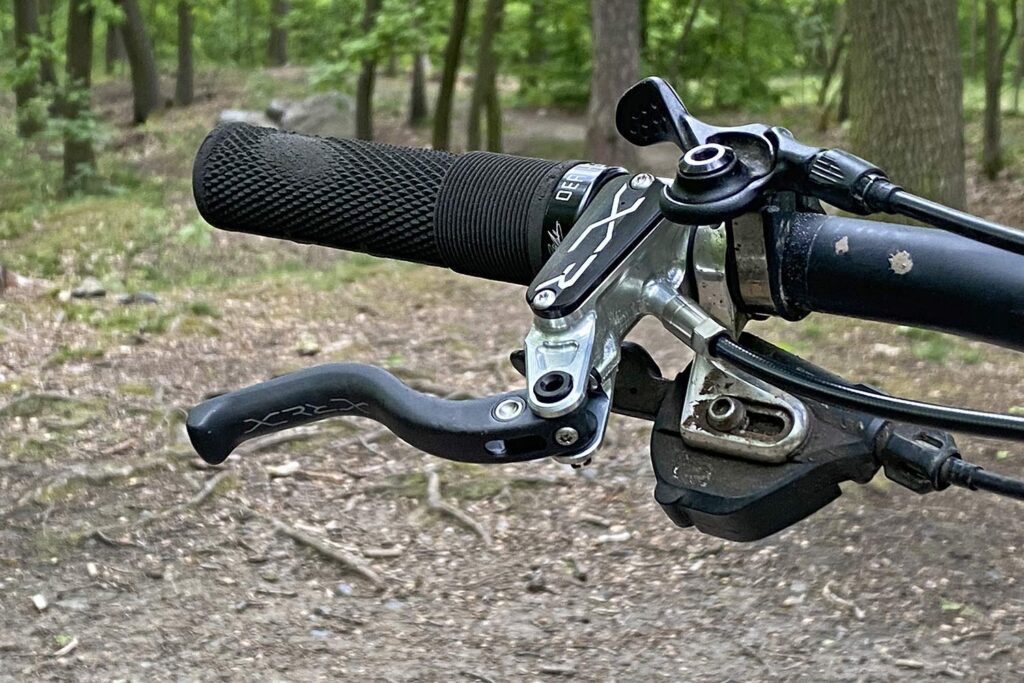


Stopping for Adventure Safety
Imagine your bike as a thrilling roller coaster, and brakes are the safety guards that ensure your ride is under control. Brakes are like the superheroes of your bike, ready to keep you safe during every exciting biking adventure.
What Are Brakes?
Brakes are the special devices on your bike that help you slow down and stop. They are usually found near the wheels, and when you squeeze the brake levers, they work their magic to bring your bike to a halt.
Types of Brakes:
Rim Brakes: These work by squeezing against the wheel rims to slow down the bike.
Disc Brakes: These use a disc near the wheel hub. When you squeeze the brakes, pads clamp onto the disc, slowing down the bike.
How Brakes Keep You Safe:
Imagine going down a hill or cruising at high speed. Brakes are your go-to safety guards. Squeezing them slows your bike, allowing you to navigate turns, avoid obstacles, and stop when needed.
Taking Care of Your Brakes:
Just like any superhero, your brakes need some attention. Regularly check and maintain them to ensure they’re always ready to keep you safe during your biking adventures.
Emergency Stop:
If you ever need to stop quickly, squeeze both brake levers firmly. It’s like activating the emergency brakes on a superhero bike!
Handlebars – Steering Your Journey



Directing Your Bike Adventures
Imagine your bike as a spaceship, and handlebars are the control panel steering you through thrilling galaxies of trails. Handlebars are like the guiding hands of your bike, helping you navigate and control the direction of your exciting biking journey.
What Are Handlebars?
Handlebars are the horizontal bars on your bike that you hold onto while riding. They connect to the front fork and help you steer your bike left or right.
Types of Handlebars:
Flat Bars: These are straight across and provide a simple, upright riding position.
Drop Bars: These curve downwards and are often seen on road bikes, encouraging a more aerodynamic posture.
Riser Bars: Slightly angled upwards, offering a comfortable and versatile grip, commonly found on mountain bikes.
How Handlebars Work:
When you turn the handlebars, your bike follows. It’s like guiding your spaceship through the twists and turns of an intergalactic trail.
Finding Your Comfort Zone:
Experiment with how you hold the handlebars to find a comfortable grip. Some riders prefer a wider grip for more control, while others like a narrower grip for aerodynamics.
Navigating Turns:
When you approach a turn, gently turn the handlebars in the direction you want to go. It’s like smoothly steering your bike through the twists and turns of your favorite trail.
Saddle – Your Comfort Zone



Ensuring a Cozy Ride
Imagine your bike as a comfortable chair on wheels, and the saddle is the cushion that makes your ride cozy and enjoyable. The saddle is like the comfiest spot on your bike, ensuring you stay comfortable during every biking journey.
What is a Saddle?
The saddle is the seat of your bike, where you sit while riding. It’s designed to provide support, comfort, and a cozy place for you during your biking adventures.
Why the Saddle Matters:
Just like a comfy chair makes a difference during a long movie, a good saddle makes your bike ride more enjoyable. It helps you stay seated comfortably, whether you’re cruising on a flat road or tackling bumpy trails.
Different Saddle Styles:
Cushioned Saddles: These have extra padding for a softer feel, ideal for leisurely rides.
Performance Saddles: Slimmer and more streamlined, designed for riders who prioritize speed and efficiency.
Adjusting Your Saddle:
Finding the right saddle height is like adjusting your chair to the perfect level. It ensures your legs are comfortable while pedaling and prevents discomfort during long rides.
Picking the Right Saddle:
Just as you choose a chair based on comfort, pick a saddle that suits your biking style. If you’re into leisurely rides, go for more cushioning. If you love speed, opt for a sleeker design.
Pedals – Powering Your Adventure
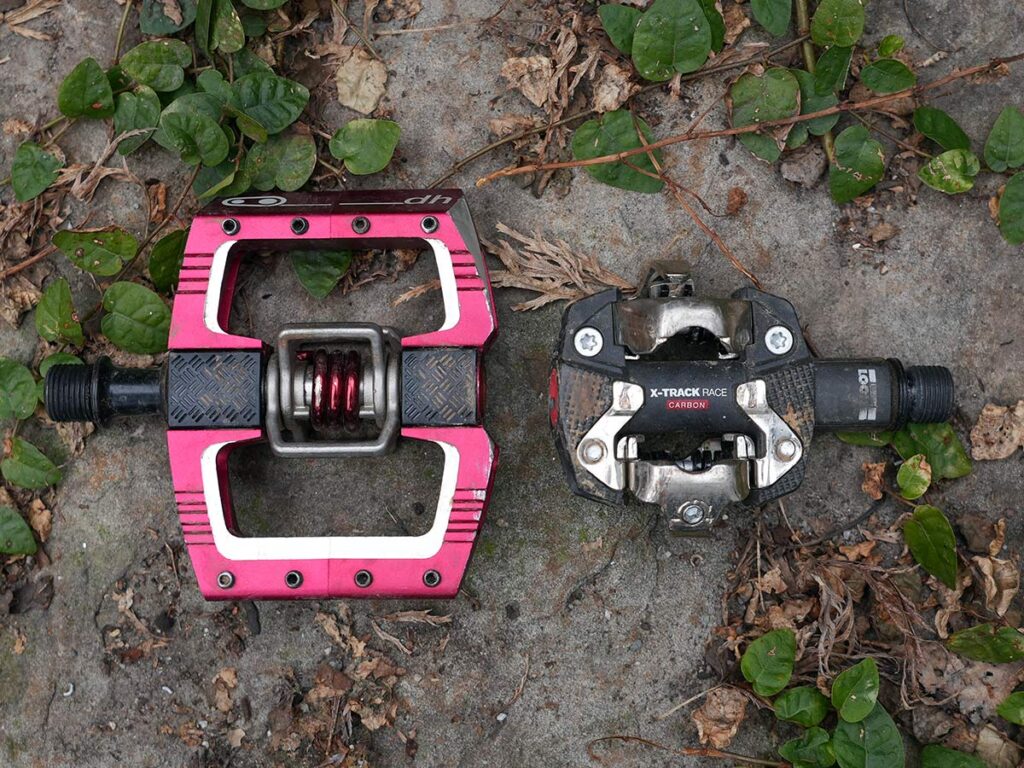


Your Bike’s Gas Pedal
Imagine your bike as a speedy car, and pedals are like the gas pedal that propels you forward on thrilling adventures. Pedals are your power source, connecting your feet to the bike and giving you the ability to cruise, climb, and conquer any trail.
What Are Pedals?
Pedals are the platforms attached to the crank arms of your bike, where you place your feet while riding. They play a crucial role in transferring your leg power to the bike’s chain, propelling it forward.
How Pedals Work:
When you pedal, the crank arms and pedals rotate, making the chain move and turning the wheels. It’s like stepping on the gas to accelerate your bike.
Types of Pedals:
Flat Pedals: Simple and versatile, allowing you to place your feet anywhere on the pedal surface.
Clipless Pedals: These require special cycling shoes with cleats that clip into the pedal for a secure connection.
Choosing the Right Pedals:
Selecting pedals is like choosing the right shoes for different occasions. Consider your riding style and preferences. Flat pedals are great for casual rides, while clipless pedals offer efficiency for longer journeys.
Pedaling Techniques:
Whether you’re cruising on a flat road or tackling a steep hill, mastering different pedaling techniques helps you adapt to various terrains and ride with ease.
Pros and Cons of XC Mountain Bikes
Here’s a table outlining the pros and cons of XC (Cross-Country) Mountain Bikes:
| Aspect | Pros | Cons |
| Lightweight Design | – Easy to maneuver on trails and uphill climbs. | – May feel less stable on descents compared to heavier bikes. |
| Efficient Climbing | – Ideal for steep ascents due to lightweight and efficient design. | – Limited suspension may result in a rougher ride on descents. |
| Versatility | – Suitable for a variety of terrains and trail types. | – Limited suspension may not handle very rough trails well. |
| Speed and Agility | – Offers quick acceleration and nimble handling. | – Less suspension may lead to a less comfortable ride. |
| Endurance Riding | – Designed for long rides with efficiency in mind. | – Limited suspension may cause fatigue on rough terrain. |
| Race-Ready | – Commonly used in XC racing events for speed and agility. | – Less forgiving on technical trails compared to trail bikes. |
| Maintenance | – Generally simpler design, making maintenance easier. | – Limited suspension may require careful line choice. |
Conclusion
In conclusion, an XC mountain bike, short for Cross-Country, embodies a thrilling fusion of lightweight design, efficiency in climbing, and versatility on various terrains.
It’s the two-wheeled companion designed for adventurers seeking nimble handling, speed, and endurance. What is a XC mountain bike? It’s more than a bike; it’s the ticket to conquering trails with agility and embracing the exhilarating spirit of cross-country exploration.
Whether racing through competitions or embarking on epic rides, the XC mountain bike stands as a testament to the perfect blend of speed, endurance, and the joy of off-road adventures.
FAQ’s
Q: What is a xc mountain bike?
ANS: An XC mountain bike, or Cross-Country bike, is a lightweight and versatile off-road bicycle designed for efficient climbing, speed, and endurance. Ideal for various terrains, it excels in cross-country exploration.
Q: What is the difference between XC and trail MTB?
ANS: XC (Cross-Country) mountain bikes prioritize speed and efficiency, ideal for long-distance rides and races. Trail mountain bikes are more versatile, offering balanced performance for both climbs and descents on diverse terrains.
Q: Do XC bikes climb better?
ANS: Yes, XC (Cross-Country) bikes are designed for efficient climbing. Their lightweight build, rigid frames, and efficient geometry make them excel in ascending steep inclines with agility and speed.
Q: What is the difference between XC and DH mountain bikes?
ANS: XC (Cross-Country) bikes prioritize efficiency and speed for long-distance rides. DH (Downhill) bikes are built for descending, featuring robust frames and extensive suspension for handling steep and challenging downhill terrains.



Welcome to Bikegenics, where passion meets performance! We are a leading online destination for all things related to mountain biking, dedicated to providing you with top-notch gear, expert advice, and an immersive community to fuel your two-wheeled adventures. With a commitment to excellence and a deep love for the sport, we strive to elevate your biking experience to new heights.
